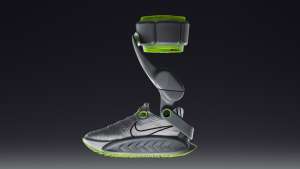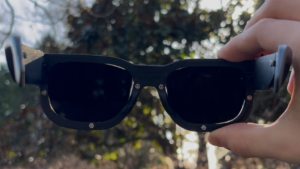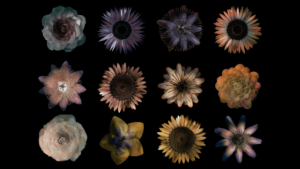
The blind have used canes to get around for centuries, but it wasn’t until after the First World War that the white cane as we know it today was introduced. The specially designed mobility tool helps users to safely move around while maintaining their sense of independence. Now, an innovative student from the University of Manchester, Vasileios Tsormpatzoudis has developed a high tech add-on for the traditional white cane. Dubbed mySmartCane, it’s a tool that promises to increase and improve the mobility of the visually impaired.
Tsormpatzoudis understands firsthand the value of the white cane. His mother has long suffered from retinis pigmentosa, a genetic disorder that affects the retina’s ability to respond to light. But he has always seen the device as being “stuck in the past.” During a university placement at the National Instruments Corporation, he began making plans to give it an upgrade through the design and addition of an embedded computer.
In preparation, Tsormpatzoudis conducted numerous interviews with white cane users and the key takeaway was that whatever product he made needed to be simple and low-cost, while still providing optimum orientation and mobility. His childhood also served as a valuable starting point. “I have seen first-hand the struggle visual impaired people have to put up with when they try to navigate with the traditional white cane,” he explained to The Mancunion.
According to Tsormpatzoudis, mySmartCane works similarly to a common car-parking sensor. An ultrasonic ball – which he developed using 3D printing and cheap sensors – wirelessly measures the distance from approaching objects and converts this data into an audio signal. The user can then more accurately gauge the object’s distance from the frequency of the sound. The ball is designed to attach easily to the bottom of most standard white canes.
Though his prototype is still in its early stages of refinement, Vasileios has confirmed that he still has a host of ideas for its improvement. “I want to add an additional sensor to detect overhead obstacles such as sign-posts or doorways which could cause injury and are impossible to detect with a normal white-cane,” he says. “Another innovation could be using vibration rather sound.”






